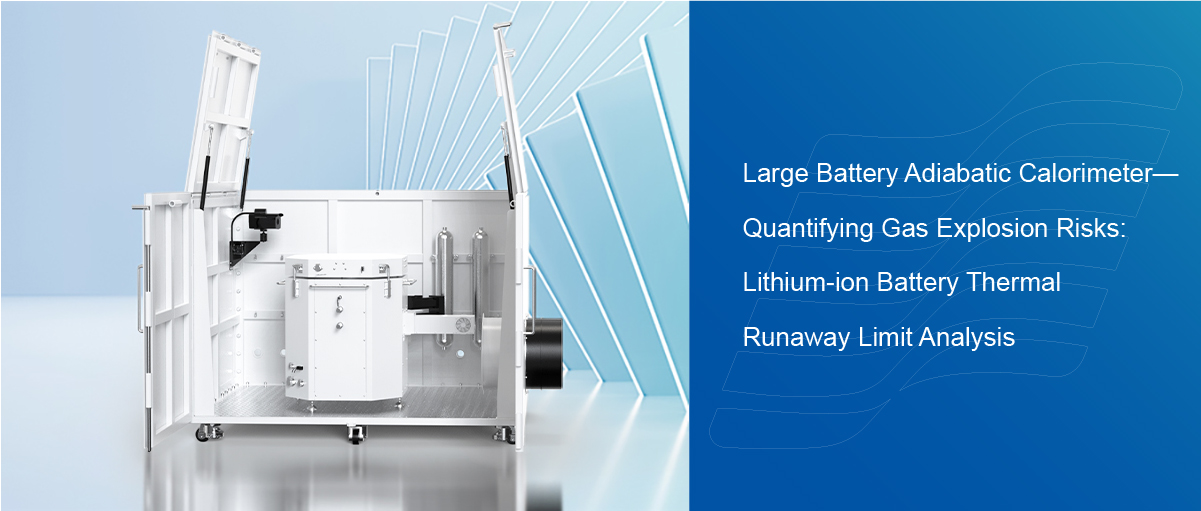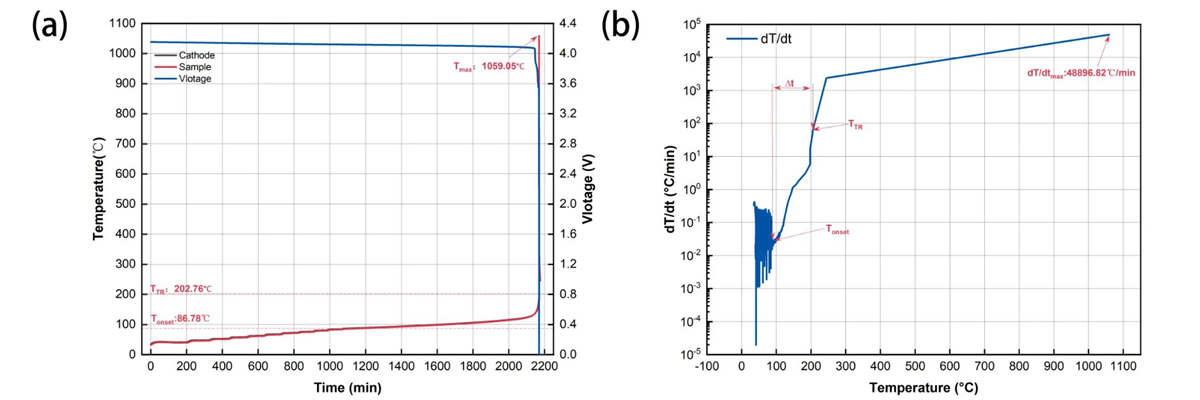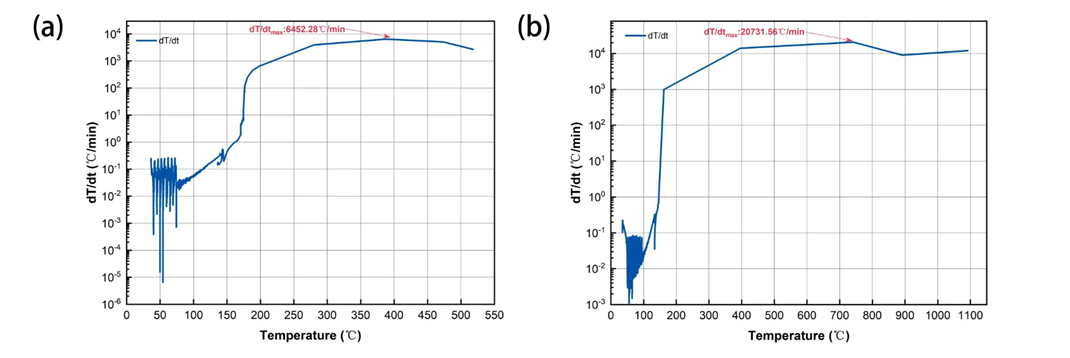Research on Thermal Runaway Characteristics of NCM9 Lithium-ion Batteries in Thermal Runaway Testing

Overview -NCM9 Lithium-ion Batteries
This article explores the thermal runaway process of 9-series lithium-ion batteries using the Large Battery Adiabatic Calorimeter (BAC-420A), shedding light on the extreme nature of their thermal runaway compared to other types of NCM batteries.
Introduction – NCM9 Lithium-ion Batteries
Nickel-cobalt-manganese (NCM) or nickel-cobalt-aluminum lithium-ion batteries are widely known for their high energy density and good low-temperature performance, making them crucial in the realm of electric vehicles and other applications. However, despite their advantages, these batteries suffer from poor thermal stability. At elevated temperatures of 250-300°C, the cathode materials undergo severe decomposition reactions, releasing oxygen molecules and potentially leading to electrolyte combustion and battery explosions.
As the demand for electric vehicles with increased range continues to grow, battery manufacturers are relentlessly striving to enhance energy density. This drive has led to the evolution of NCM lithium-ion batteries from low-nickel 3-series to high-nickel 8-series and ultra-high-nickel 9-series batteries. However, with the increase in active metal components, the thermal stability of these batteries theoretically decreases, posing a higher risk of thermal runaway.
Given the limited scale of application of ultra-high-nickel 9-series batteries, there is a lack of comprehensive thermal safety data in the industry. This article explores the thermal runaway process of 9-series lithium-ion batteries using the Large Battery Adiabatic Calorimeter (BAC-420A), shedding light on the extreme nature of their thermal runaway compared to other types of NCM batteries.
Experimental Procedure
Sample Preparation
The experiment utilized NCM9-series pouch-type lithium-ion batteries with a capacity of 5Ah.
Experimental Conditions
The experiment was conducted using the Zeal Instruments Large Battery Adiabatic Calorimeter(BAC-420A), battery charging and discharging equipment, and the TP700 multi-channel thermometer. Two experimental modes were employed: HWS-R mode and temperature difference baseline mode. Data was recorded at frequencies ranging from 1 to 100Hz, with a self-heating detection threshold of 0.02°C/min. Thermocouples were positioned at the center of the battery’s large surface (sample thermocouple) and on the positive electrode (additional thermocouple).
Results

Fig. 1 Thermal runaway of 9-series Li-ion ternary battery (a) temperature rise and voltage curves and (b) temperature rise rate-temperature curve
Table 1 Characteristic parameters of thermal runaway of 9-series Li-ion ternary batteries*
|
Self-heating onset temperature(Tonset***)/℃ |
Thermal runaway onset temperature(TTR***)/℃ |
Maximum thermal runaway temperature(Tmax)/℃ |
Maximum rate of temperature rise(dT/dt)max/(°C*min1) |
Mass Loss Rate% |
|
86.78 |
202.76 |
1059.05 |
48896.05 |
56.53 |
*The above parameters are all calculated by the temperature at the sample thermocouple fit; **Tonset judgment condition is dT/dt = 0.02C/min; ***TTR judgment condition is dT/dt = 60°C/min.
The test data revealed that the NCM9-series lithium-ion battery exhibited a self-heating onset temperature (Tonset) of 86.78°C and a thermal runaway onset temperature (TTR) of 202.76°C. The point of abrupt voltage drop in the battery coincided closely with the TTR temperature. Following TTR, the battery demonstrated an extremely high rate of temperature rise, reaching a surface temperature of 1109°C within 2 seconds, with a maximum heating rate of approximately 48900°C/min. Comparatively, 6-series batteries took 70 seconds to reach Tmax from TTR, with a maximum heating rate of about 6500°C/min, while 8-series batteries took 5 seconds, with a maximum heating rate of approximately 20600°C/min. This illustrates that as the nickel content increases, the severity of thermal runaway in batteries escalates.

Fig. 2 (a) 6-series ternary temperature rise rate-temperature and (b) 8-series ternary temperature rise rate-temperature curves

Fig. 3 Sample Li-ion battery (a) Thermal runaway video and (b) Post-experiment cavity photo
Additionally, video and images captured during the experiment depicted a violent flame jetting phenomenon at the moment of thermal runaway for the 9-series lithium-ion battery. The residual battery material spray on the calorimeter chamber walls further indicated the intensity of the thermal runaway event.
Conclusion
This experiment, conducted using the Large Battery Adiabatic Calorimeter(BAC-420A), provided valuable insights into the thermal runaway characteristics of NCM9-series lithium-ion batteries. The obtained data can contribute to the improvement of these batteries’ safety features, thereby enhancing their overall safety in practical applications.
Reference
[1] Zhang Mengqi. Research on thermal runaway characteristics and detection method of ternary lithium battery overcharge [D]. Supervisor: Du Jianhua. Huaqiao University,2020.






































